




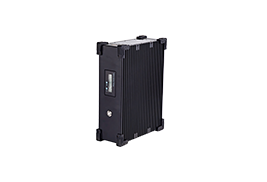
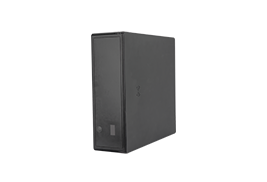
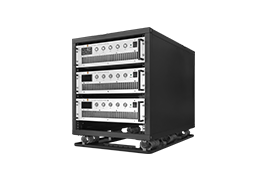
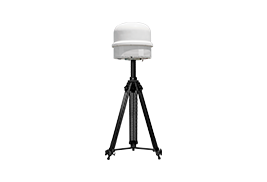
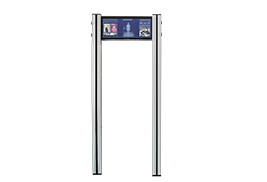
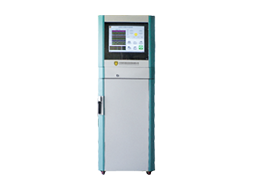


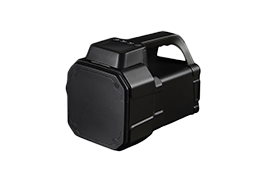
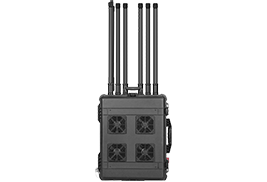
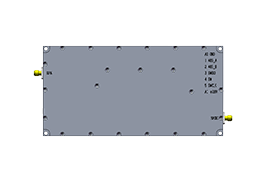
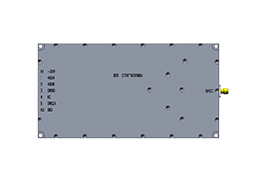
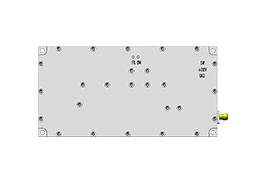
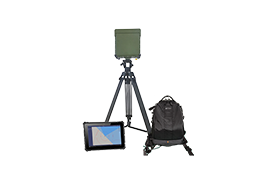
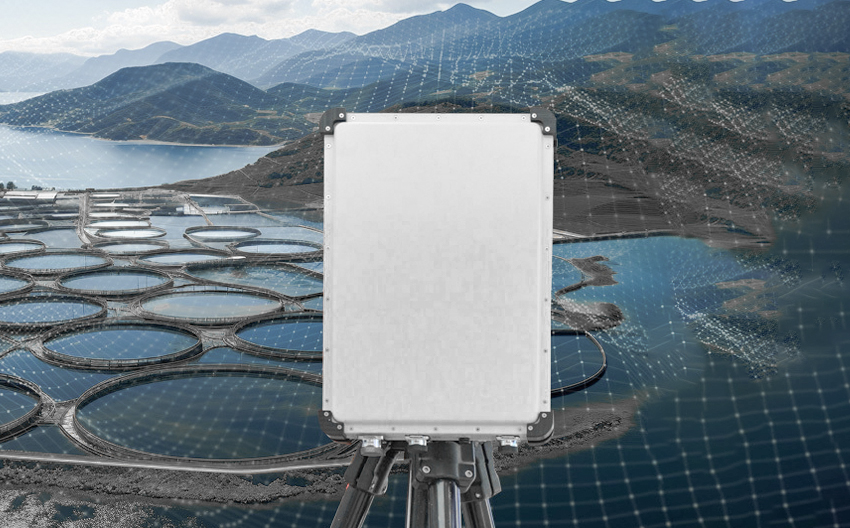
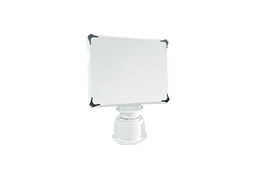
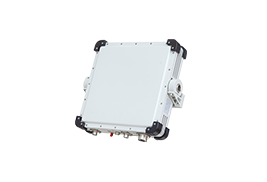



 X
X







 GLOBAL / ENGLISH
GLOBAL / ENGLISH

As drone technology rapidly evolves, the use of drones has expanded into a wide range of applications, including military, civilian, commercial, and recreational uses. However, drones also pose some security and privacy issues, making the development of appropriate drone defense systems crucial.
Drone defense involves the following aspects:
Sensing and Detection Technologies: Drone defense systems typically include sensing and detection technologies to detect and monitor the presence and activities of drones. These technologies can include radar, optical sensors, infrared detection, and wireless spectrum monitoring, along with advanced identification and tracking algorithms.
Interference Measures: Drone defense systems can employ interference measures to disrupt the normal operations of drones. These measures include electromagnetic interference, GPS jamming, wireless signal shielding or jamming, and laser interference, which disrupt the drone’s communications, navigation, and control systems.
Interception and Neutralization Capabilities: In certain scenarios, to counter drone threats, drone defense systems may possess interception and neutralization capabilities. These might include using anti-drone missiles, high-power lasers, electromagnetic pulse weapons, and other means to destroy drones.
Regulation and Policy Formulation: Drone defense also involves considering the formulation of relevant regulations and policies to ensure the legal, safe, and ethical use of drones and restrict unauthorized drone flights.












